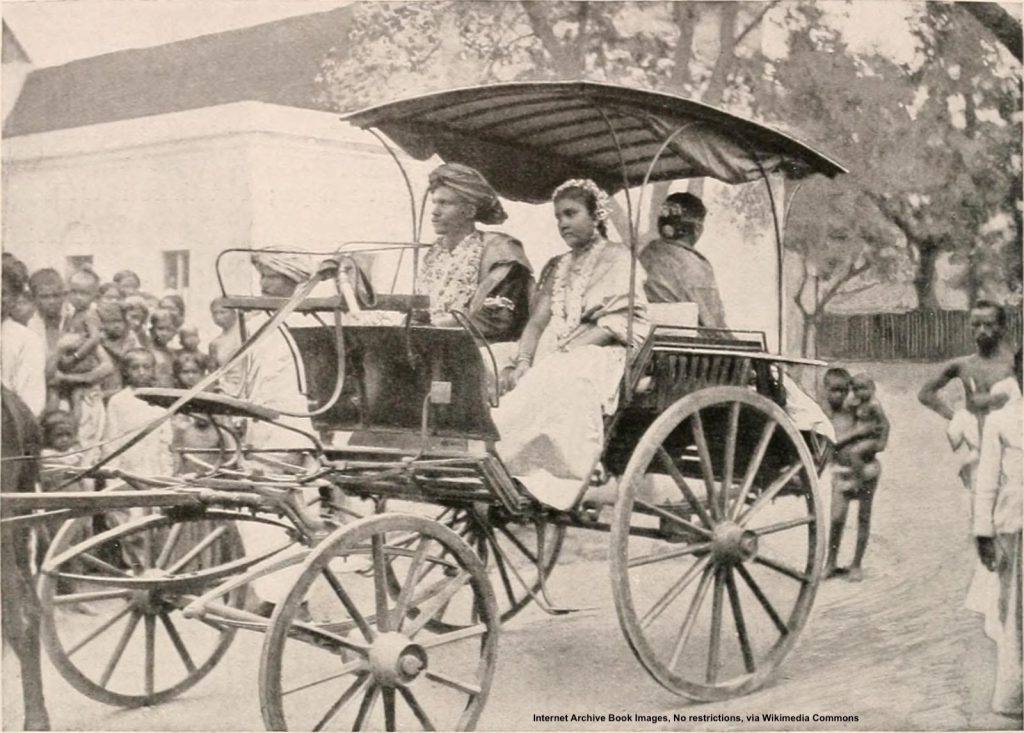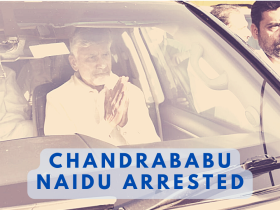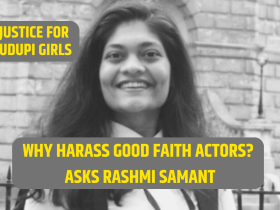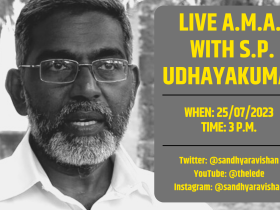By Sandhya Sridhar
The importance of the ‘saptapadi’ in the Hindu marriage was reinforced by a judge of the Allahabad High Court, who ruled that without the seven steps around the fire, a marriage is not valid.
In India, a marriage is more than a relationship between two people, the bride and the groom. It is said that when you marry, you marry a family or a village. This mostly holds true even in today’s times. However the wedding is held, the bride or groom married into each other’s family, as much as they get married to each other! A marriage thus has defined steps, that involve many members of the bride or groom’s family, participating in some ritual or the other. Besides the sacred and prescribed rituals, there are also ice-breaker rituals that have become common. Examples of the latter include games like the bride and groom trying to grab a ring that’s dropped into a pot of water; or the girl’s younger family members holding the bridegroom’s footwear to ransom.

However, there is so much negation of the traditional ritual in today’s time, from the kanyadaan being questioned as being patriarchal to the tying of the nuptial knot itself as being regressive. Worse still, in viewing the traditional and cultural rituals through the western lens, every little rite is questioned, negating the beauty and significance in each of what one does, in the process of getting married.

A Ravi Varma painting depicting the marriage of H.H. Sri Krishnaraja Wadiyar IV and Rana Prathap Kumari of Kathiawar
Further, marriage has become some sort of photographic event instead, where select images are released in social media, where the clothing, jewellery and all else is so carefully curated to be picture perfect. The actual wedding rituals then become secondary, pushed into insignificance, the photographic moments taking over all else.
In the various vedas, the varied marriage rituals are spelt out with mantras, each ritual significant. The entering of a life of grihastha, comes with blessings of a host of luminaries—the planets, our forebears and the gods. The marriage is sanctified with the presence of agni, the fire god. But of course, the start of any function, no less a marriage, is incomplete without paying obeisance to Lord Ganesha.

The bride and groom, each has set rituals to perform, some prayers, some mantras, and some to do away with negative or malefic forces. Broken down, the marriage has a few core rituals—the kanyadaan or the father giving his daughter in marriage to the groom, panigraha or the groom taking the bride’s hands in his signifying their companionship, and the saptapadi or the seven steps around the fire that make them husband and wife. These rituals are the same at their core, but are conducted with some variances in the different regions of India.
Rituals and practises celebrate the culture of the land one is born in. They are an essential connect to our roots, and who we are. Our identities lie in our natural surroundings and how we make our lives there.

World over, colonialism has destroyed this indigenous identity, seeking a flat oneness to everything, not seeing the beauty in the differences. Today, to make up for this imposition of the flat oneness, ‘diversity, equality and inclusion’ are the catchwords. As countries rediscover the beauty of the indigenous roots and the associated cultural practices and nuances, in India, we seek to be apologetic of our cultural moorings, severing ourselves from the nuanced beauty of what made us who we are.
However, life is cyclic, and it takes more than just colonialism to rift us from the practices of our homeland. Young people are rediscovering the beauty of our festivals, their celebration, and the bonding engendered in the community in the practice of the same. It cannot be said that we celebrate in isolation within our homes. Every festival requires us to wear new clothing, eat specially prepared food and step out, sharing sweets and savouries with family and friends.
Similarly, a wedding is our manner of bringing our closest and near and dear into a happy celebration. The world participates and watches and everyone knows everyone else even if we are in a big city and the bride and groom are, in the presence of all, solemnise their bond. There are family and friends who travel from around the globe to attend. It is in a way, a network and a cushion, a fallback that there are people known to the bride and the groom in attendance. It ensures that the community is there to support in times of the good and the bad. And this is something we surely do not wish to leave behind as being archaic.













Leave a Reply